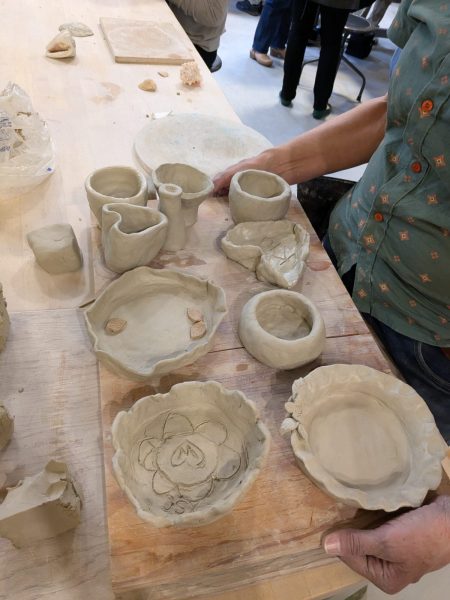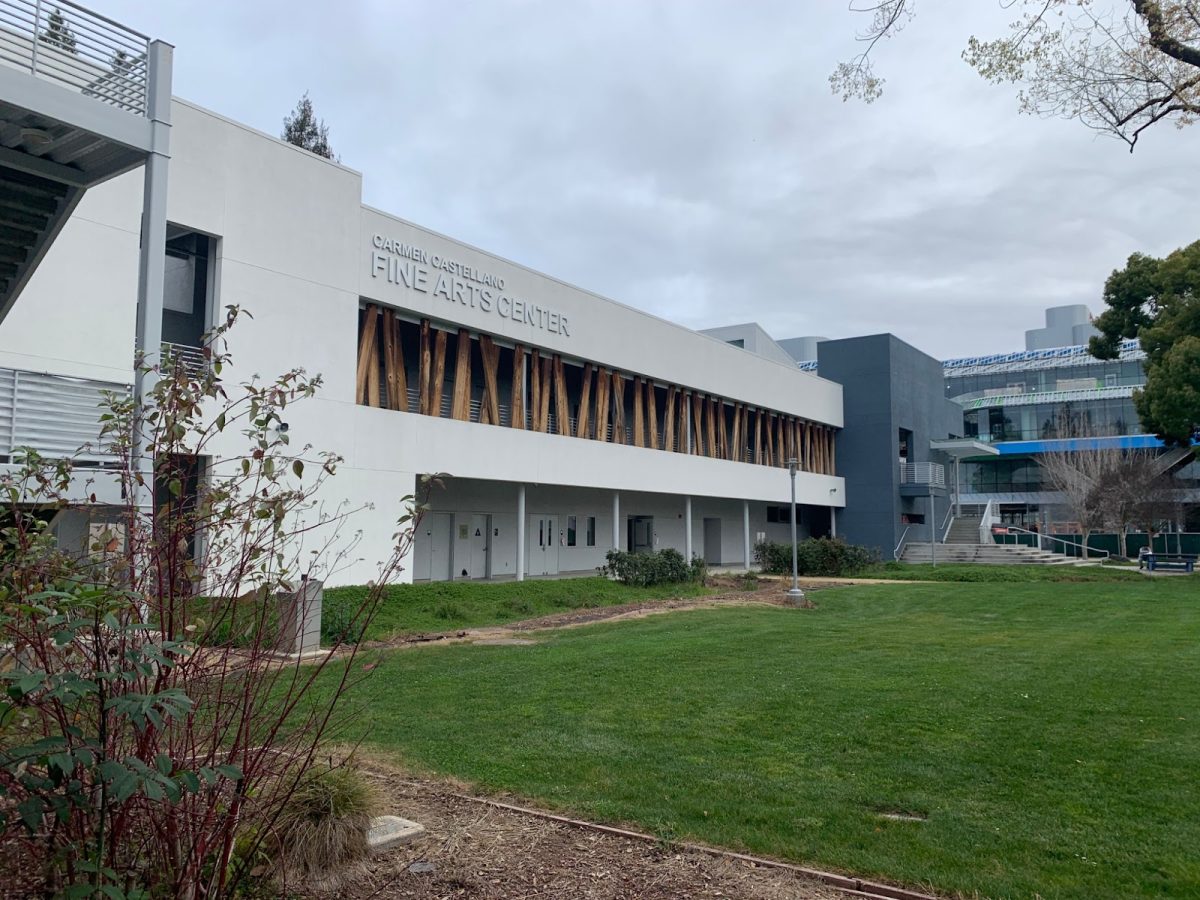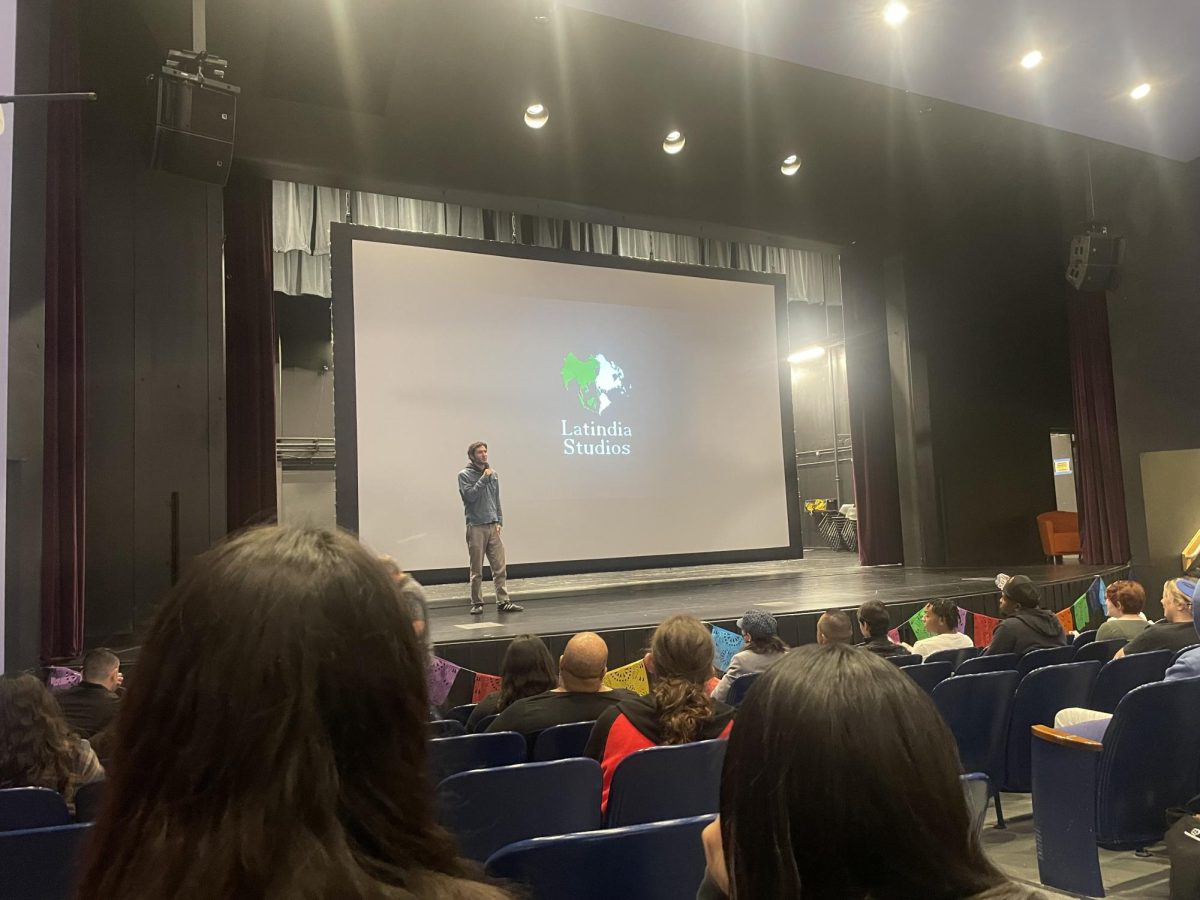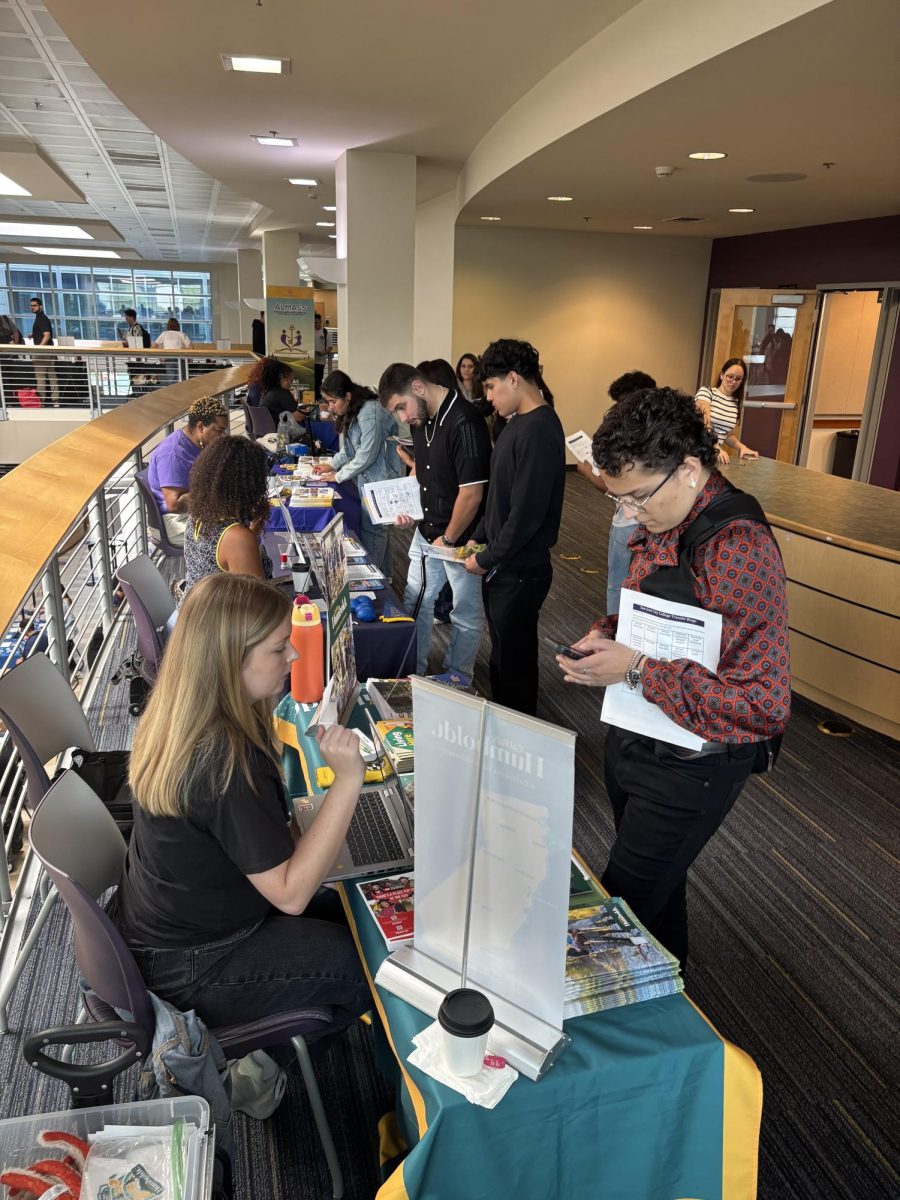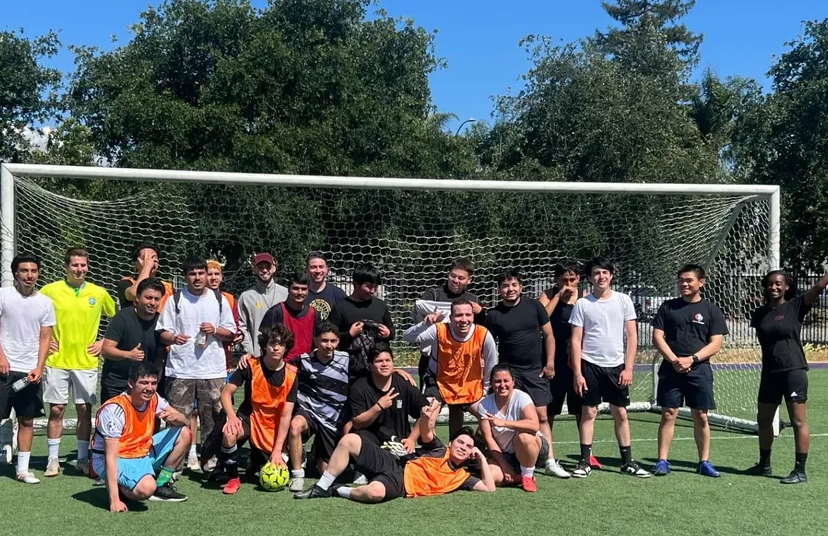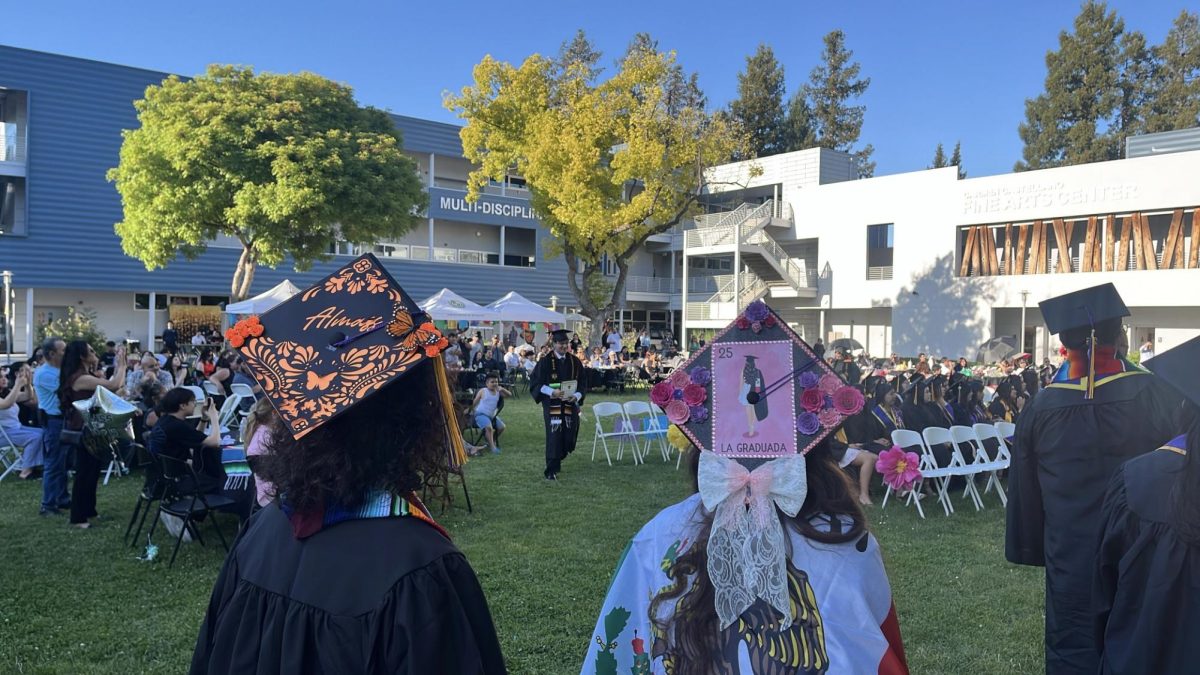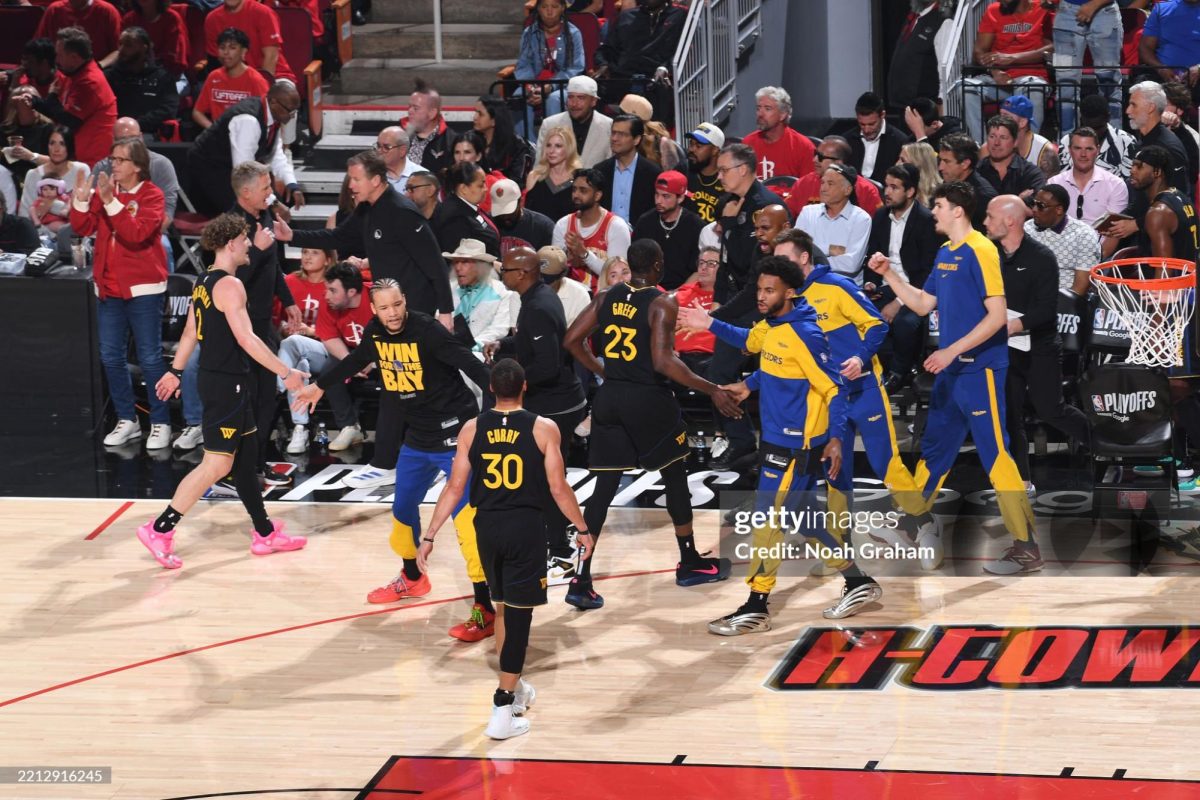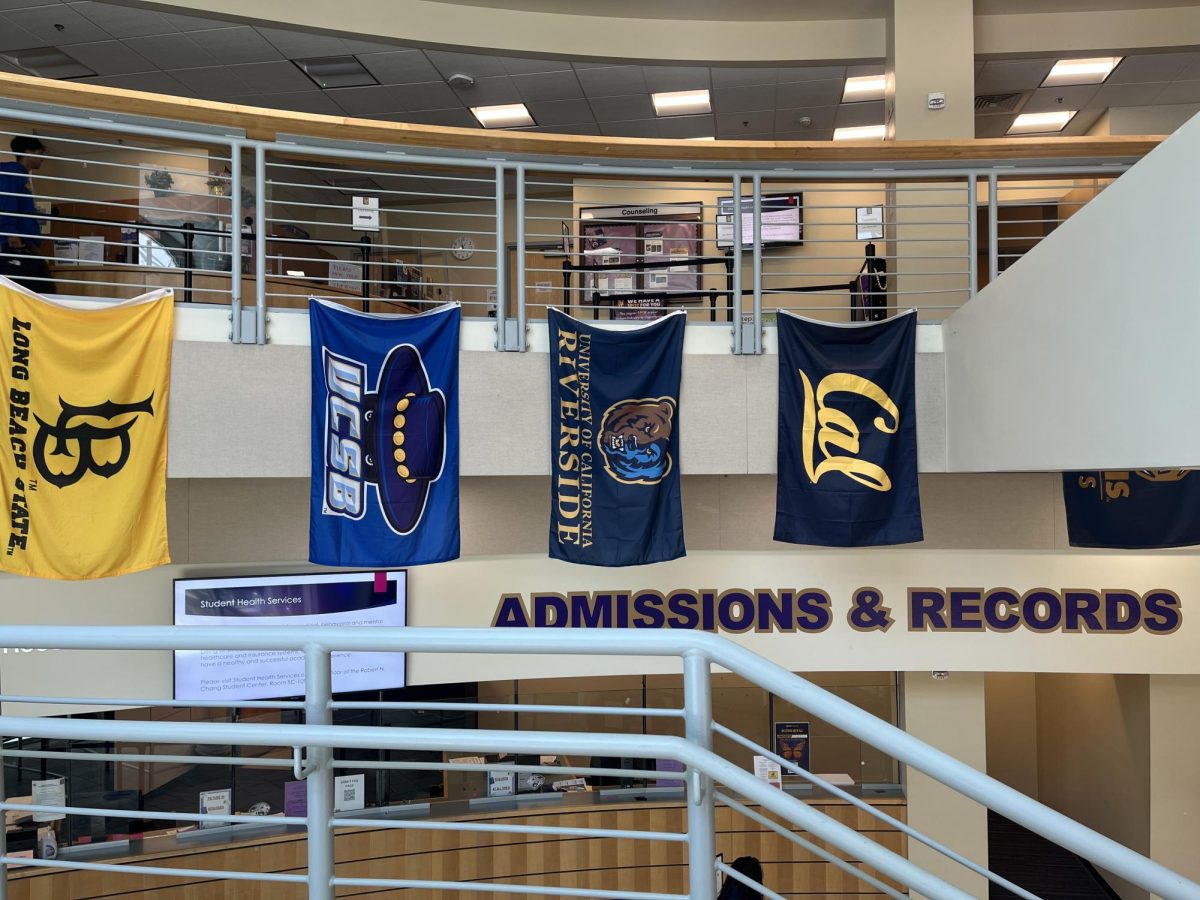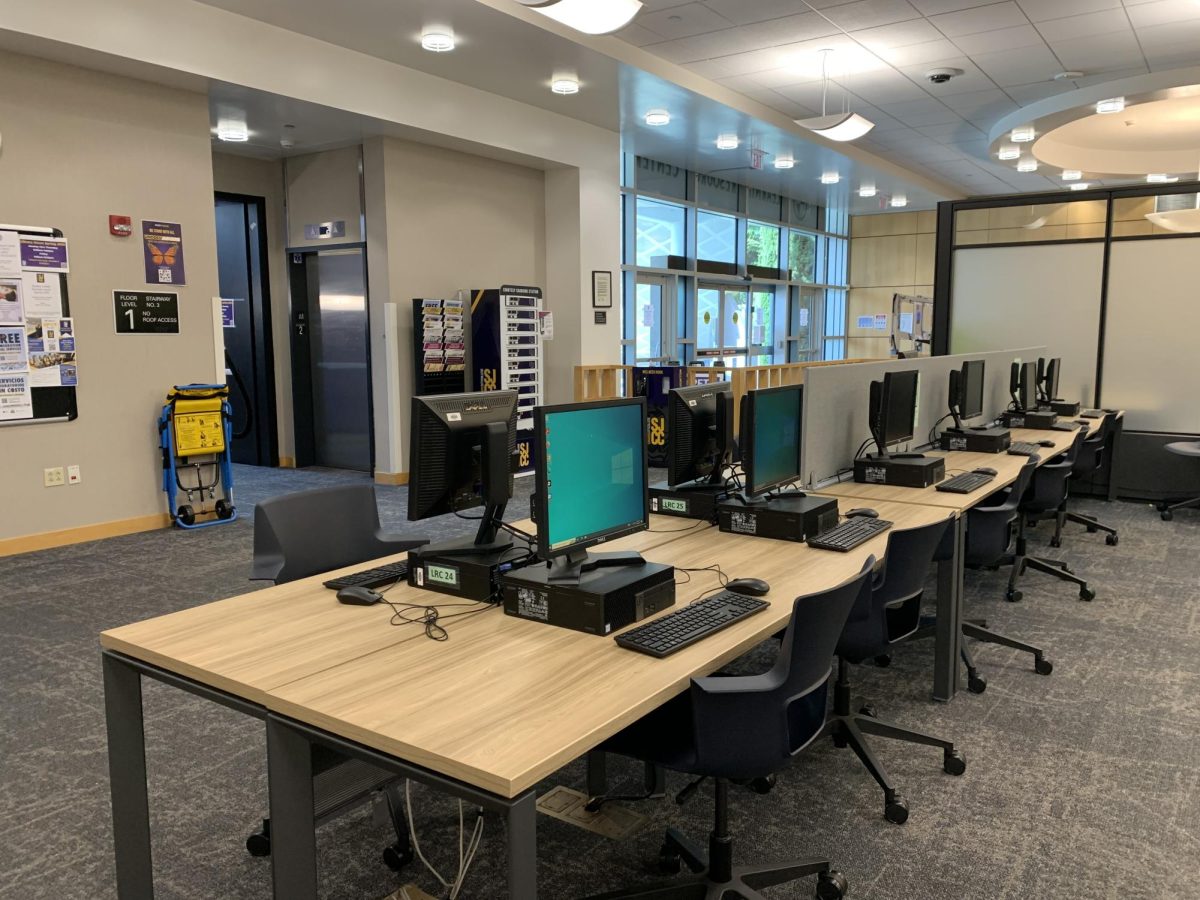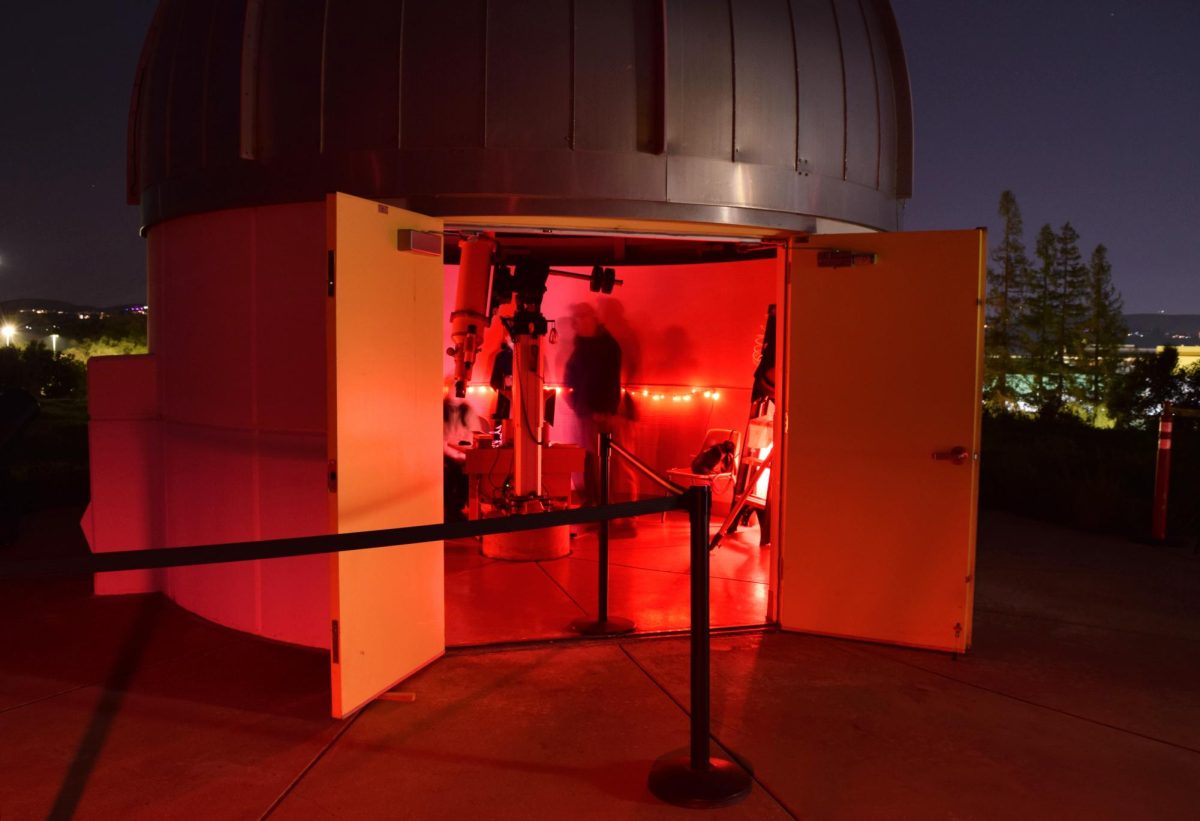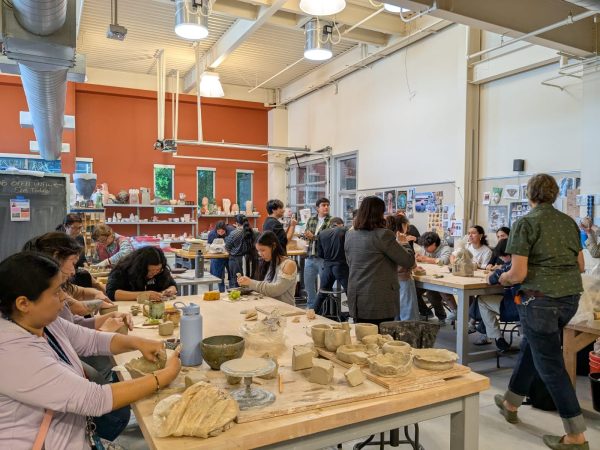
San Jose City College students gathered in the Carmen Castillo art building March 26 for an hour of making pottery, eating snacks and drinking tea in handmade cups.
The workshop served as an introduction to the ceramics program the school offers. It was the art department’s first pottery workshop and was organized through Advocacy Leadership for Immigrant Access support Services (ALMASS).
Michelle Gregor, who has served at SJCC for over 24 years and has taught a number of art classes like design fundamentals and color theory, believed the workshop served as an escape.
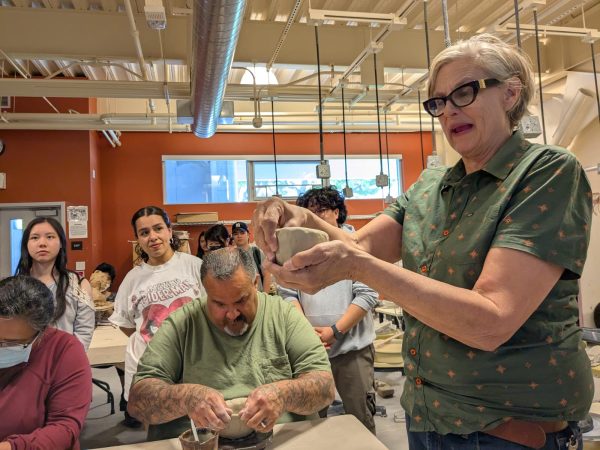
“We were talking about people just needing a place to come relax and be creative and you know with all the politics that are going on these days especially for dreamers, so we decided to get together and put together a workshop.” said Gregor.
Laurie K, a retired history professor, explained the process of shaping clay by hand. She said she has always been fond of art, and had a photo of herself as a six-year-old playing with clay with her dad.
“I was not brave enough to pursue art at a young age,” said K. “Otherwise, I would’ve been a sculptor.”
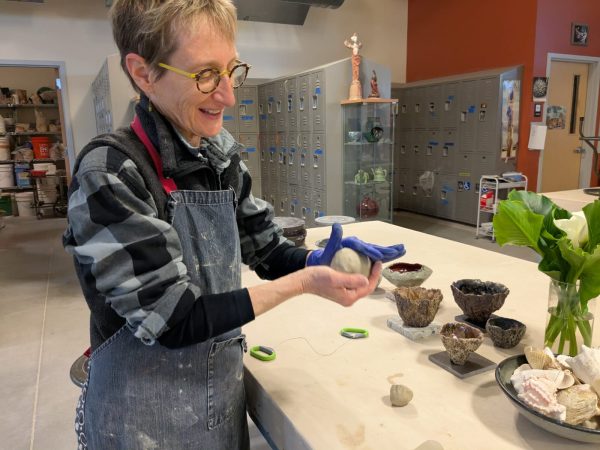
Fred Yokel, a retired graphic designer, was one of the students in attendance, but he was not there for the workshop. He had been working with clay since he was 15 years old, and after retiring, he chose to take ceramics classes at SJCC for fun. While there, he was working on a piece which he called, “Townhouses.”
“I’m working on the third one. They are going to be a set that sits next to each other,” Yokel said about the piece. “It’s a random weird thing in my head, and as an artist, you just have to make things, so when this came to my head, I just had to make it just to see what happens.”
He said he had only finished one set previously, but they haven’t been glazed yet.
May Pham was another student in attendance. She went to school at San Jose State University, and graduated in 2019 with a degree in filmmaking. She is currently studying marketing at SJCC.
“I never really attended any of the events in college,” Pham said. “But because I really love pottery, I said it would be fun if we go [to the workshop].”
Gregor was surprised at how many students showed up for the workshop, saying that she had expected a lower turnout.
“I expected 16 people at the most,” she said. “I bet we got more than 40 people, right?”
After the workshop ended, Gregor told the students who were satisfied with their work to put their initials at the bottom of their pot and leave it in the pottery room to dry.
“Because ceramic is a very process-oriented art form, it takes a lot of steps,” Gregor said. “It goes through the kiln, or you might call it the oven, two times.”
A piece is fired once in a kiln to harden it, after which the artist will paint it with a glaze and then fire it a second time.
Gregor said that they will have one more event for those interested coming back.
“We’ll do one more event for anyone who wants to come back and glaze their pots and we’ll advertise it through posters again, probably in three to four weeks.”
